Big Data Bowl
The annual analytics contest explores statistical innovations in football — how the game is played and coached.
The annual analytics contest explores statistical innovations in football — how the game is played and coached.
The annual sports analytics contest from NFL Football Operations challenges members of the analytics community – from college students to professionals – to contribute to the NFL’s continuing evolution of the use of advanced analytics. The crowd-sourced competition uses data and technology to spur innovation that results in creating new insights, making the game more exciting for fans and protecting players from unnecessary risk.
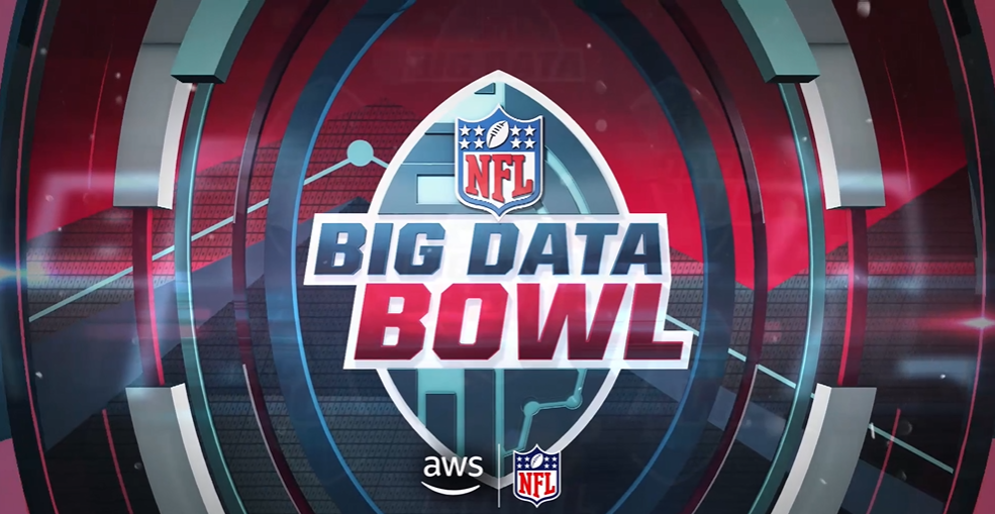
Powered by Amazon Web Services (AWS), contestants use traditional football data and Next Gen Stats to analyze and rethink trends and player performance, while also advancing the way football is played and coached. The Big Data Bowl aims to engage and empower the football analytics community to drive innovation.
Using Next Gen Stats powered by Amazon Web Services (AWS), the theme of the 2023 Big Data Bowl is to devise innovative approaches to analyzing pass blocking and pass rushing performance across the NFL. Participants have access to data from the 2021 season analyzing quarterback dropback pass situations, which include snap-to-pass release timing as well as sacks and scrambling plays. As in the 2019-2022 Big Data Bowls, the 2023 Big Data Bowl is hosted by Kaggle, the world’s largest community of machine learning practitioners, learners, and researchers.
Using this real-time data across a wide variety of players, plays and situations, participants are asked to identify metrics to assess offensive and defensive performances on both an individual and team basis. Participants will also be able to use PFF Scouting data, which features play, player and game characteristics derived from film analyses.
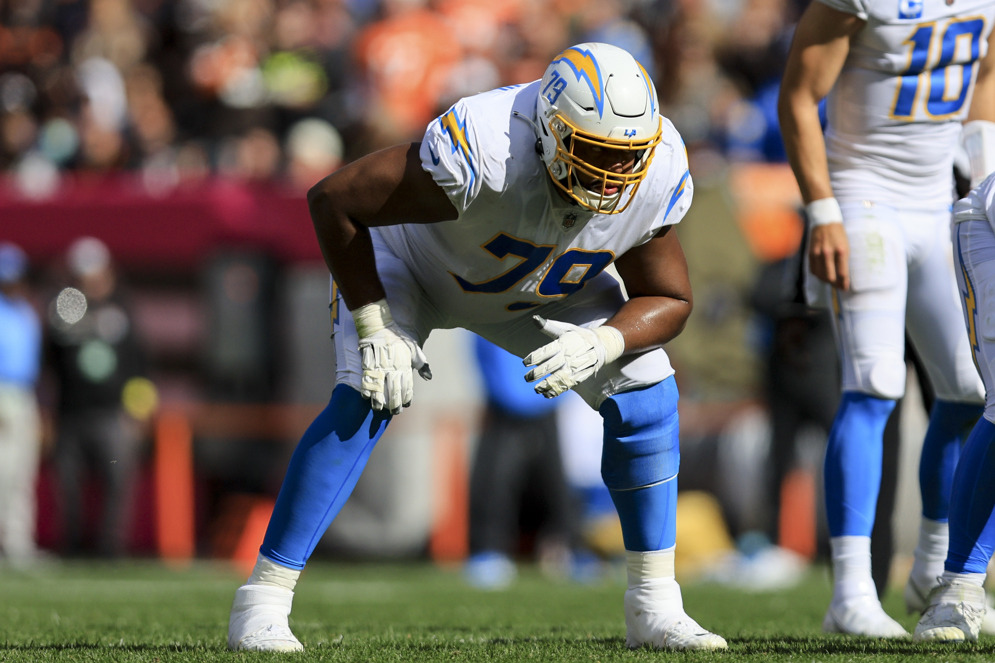
(AP/Aaron Doster)
Hear about the 2023 Big Data Bowl and see who won the fifth annual competition.
"Throughout four outstanding years of competition, we are increasingly impressed by the innovative data that is generated from our sports analytics community in the Big Data Bowl," said Michael Lopez, NFL senior director of football data and analytics. "Being able to engage with our fans in such a robust and creative manner has helped to continue to grow the game of football while also creating opportunities for our fans to pursue jobs throughout the league."
Each year, the NFL Big Data Bowl calls on professional and aspiring amateur data scientists to devise innovative approaches to a specific challenge. Participants propose statistical, data-driven solutions using real-time data across a wide variety of players, plays and situations.
Listen in as experts explain the Big Data Bowl.
The call for participants typically is in the fall and the competition runs into early January. Entrants compete in two groups — College, featuring undergraduate and graduate students and Open, featuring young professionals not in higher education. Participants can work independently or form teams with other colleagues.
NFL club analytics staff judge each submission and work with NFL Football Operations staff to narrow down the finalists. Finalists then present their entry at the NFL Scouting Combine in Indianapolis to a panel of judges. In recent years, judges have included NFL Network predictive analytics expert, Cynthia Frelund, former Big Data Bowl participants, AWS data scientists and NFL linebacker Najee Goode.

Contestants in each year’s Big Data Bowl compete for prizes ranging from game tickets to cash, including a $100,000 prize for the competition. Even if participants do not finish as a finalist, the Big Data Bowl has served as a pipeline with NFL teams or their affiliate vendors.
Stay tuned to hear more about the next Big Data Bowl competition by following the NFL Football Operations Facebook and Twitter accounts.
Congratulations to the winners of the NFL’s inaugural Big Data Bowl. Finalists presented their findings to members of the NFL league office, team executives, industry-leading representatives and league sponsors at the NFL Combine. The two grand prize winners receive four tickets to a 2019 regular season NFL game and a $1,000 NFLShop.com gift card.
Congratulations to the eight finalists for the NFL’s inaugural Big Data Bowl. The finalists, determined by a panel comprised of NFL staff and club analytic personnel, receive a 2-night trip to the NFL Combine in Indianapolis on Feb. 27, 2019.
At the Combine, they’ll have an exclusive opportunity to present their findings to members of the NFL front office, team executives, industry-leading representatives and league sponsors. Two Grand Prize winners will receive four tickets to a 2019 regular season NFL game and a $1,000 NFLShop.com gift card.
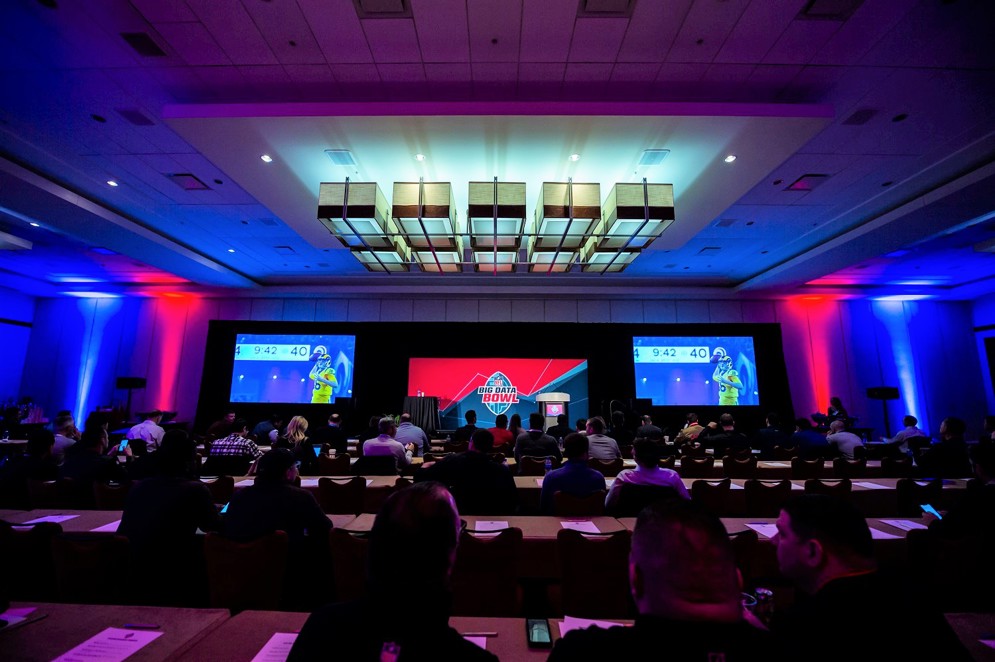
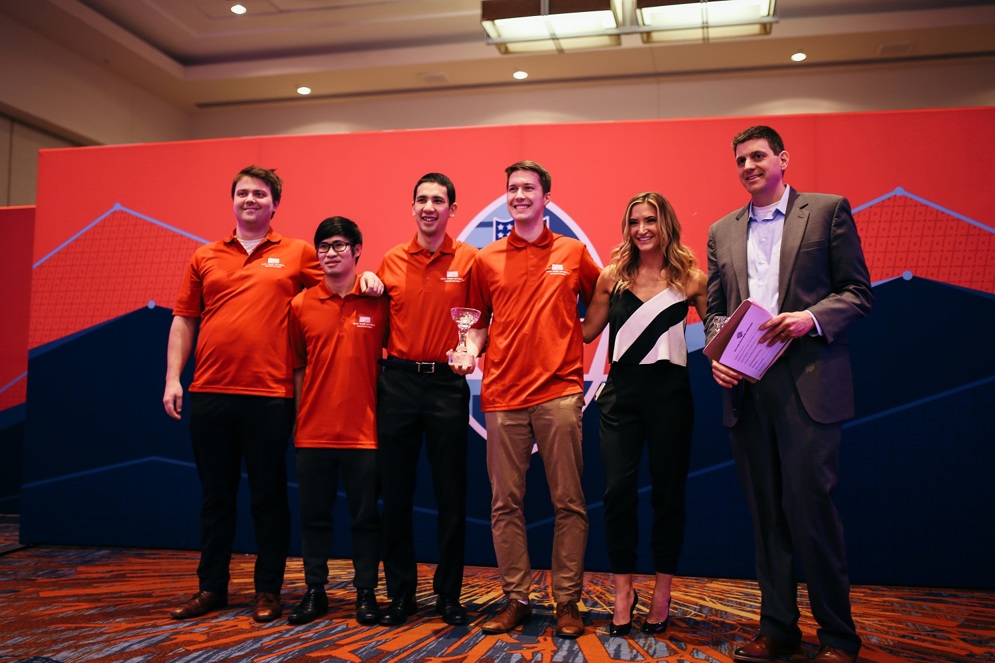
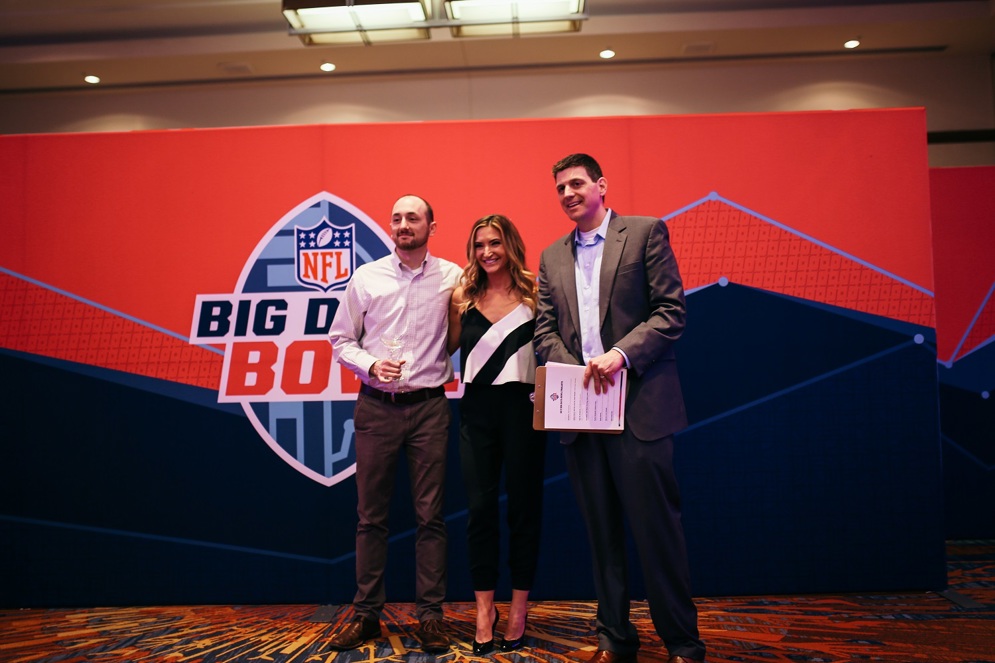
Matthew Reyers, Dani Chu, Lucas Wu, James Thomson, Simon Fraser University – Routes to Success
Nathan Sterken – RouteNet: a convolutional neural network for classifying routes
Finalists:
Honorable mention:
Finalists:
Honorable mention:
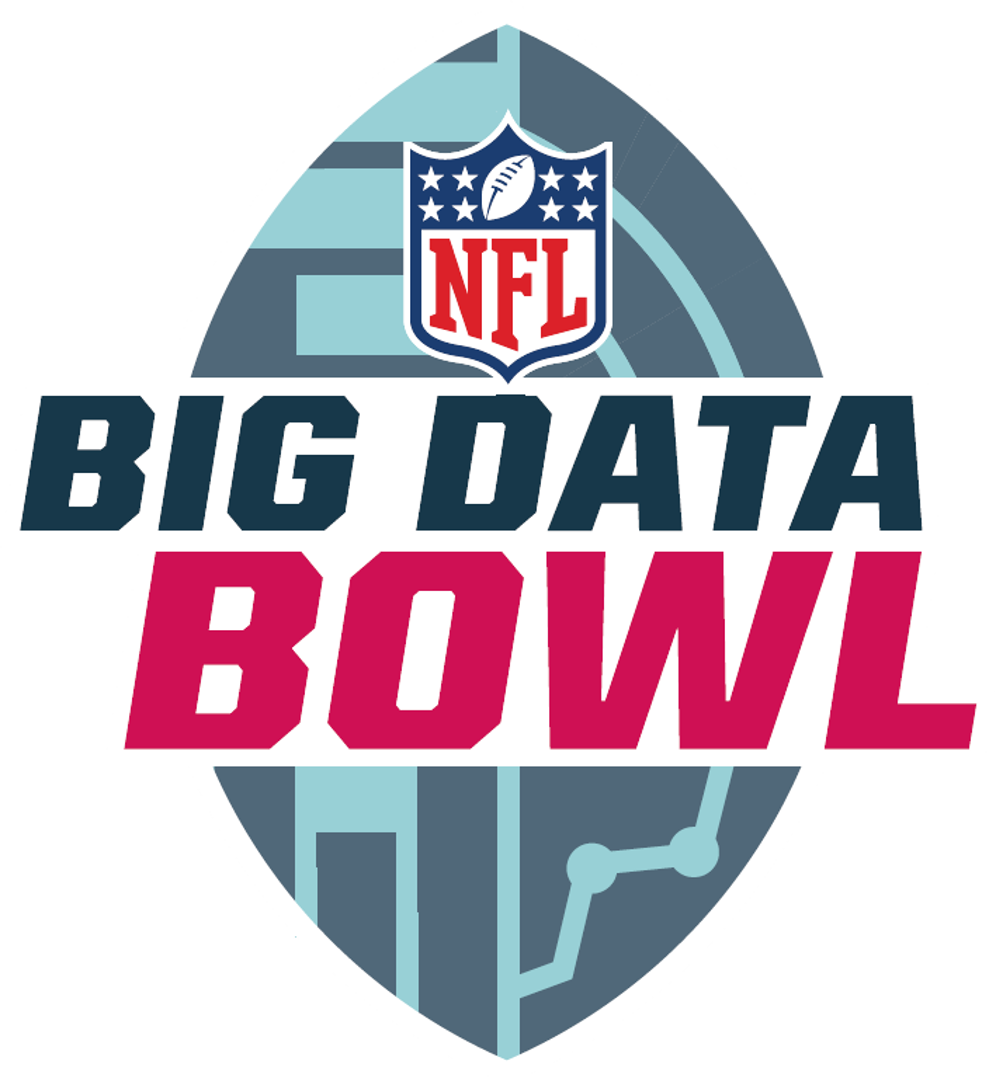
Kyle Burris, Duke University – A trajectory planning algorithm for quantifying space ownership in professional football
Key Stat: In the play above, Carr released the pass only 0.3 seconds after Holton beat his defender, suggesting the quarterback knew he was going to Holton before the receiver broke free.
Peter Wu, Brendon Gu, Carnegie Mellon University – DIRECT: A two-level system for defensive interference rooted in repeatability, enforceability, clarity, and transparency
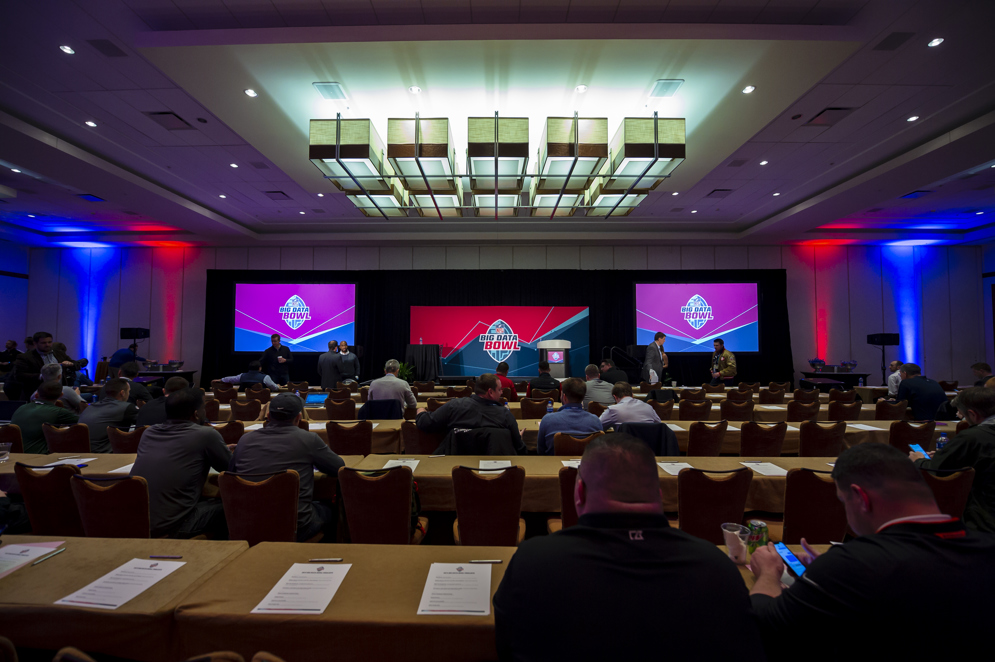
Jack Soslow, Jake Flancer, Eric Dong, Andrew Castle, University of Pennsylvania – Using autoencoded receiver routes to optimize yardage
Sameer Deshpande, Katherine Evans – Expected hypothetical completion probability

Cathy Ha, Lucas Calestini – Efficient speed usage and the impact of fatigue in speed performance: an exploratory study
Adam Vonder Haar – Exploratory data analysis of passing plays using NFL tracking data
Here’s how you or your team can get involved:
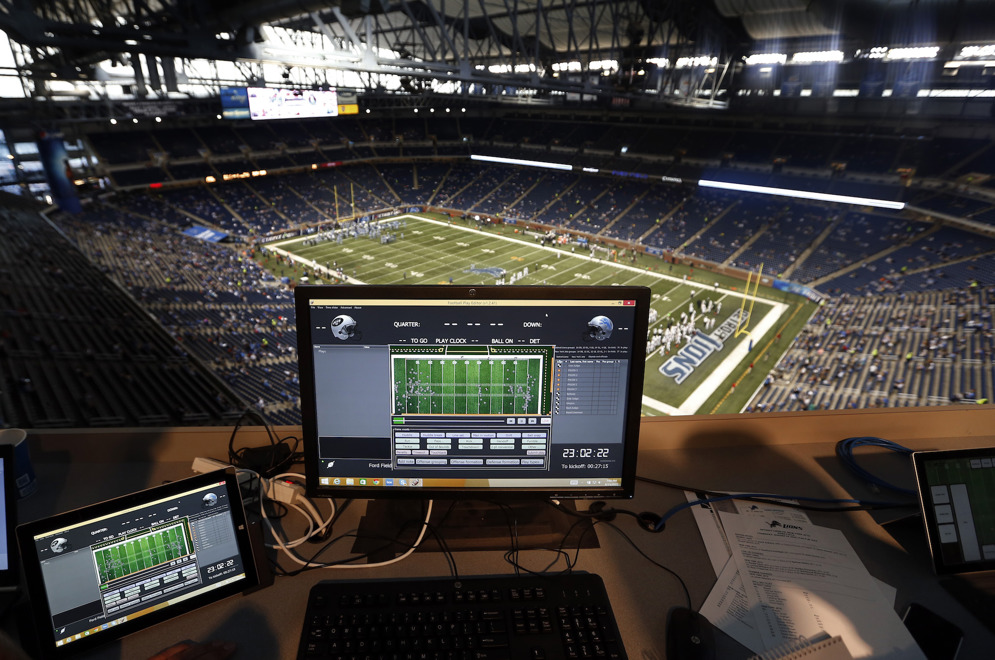
Explore NFL Next Gen Stats
Eligible entrants may complete as an individual or a group (of 4 members or less) and must agree to the official rules.
Once you complete and submit the registration form, keep an eye out for an email with instructions on how to access the raw data and next steps. You should receive this email moments after you submit your entry..
The three themes for the Big Data Bowl focus on respecting tradition, while embracing evolution. Participants may only submit for one theme.
Eligible entrants must complete and submit the registration form below, as well as their report, by Jan. 22, 2019 at 11:59 PM ET to be eligible. More details will be provided in the email instructions after you complete the registration form.
NFL staff and club analytic personnel will determine the eight (8) Finalist Prize winners who will advance to the final presentation period in Indianapolis, IN. The Finalist Prize winners will present to a live audience and club staff while at the NFL Combine.